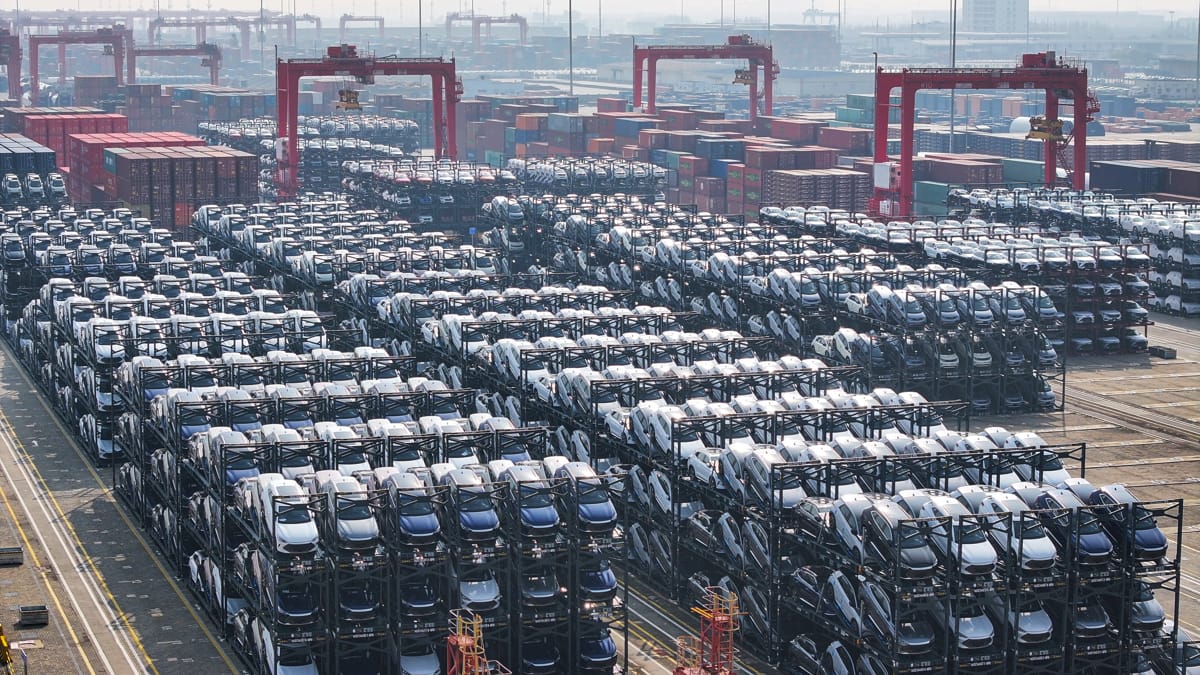Former senior White House official Brian Deese recently called for a “Clean Energy Marshall Plan. Deese, who served as the National Economic Council Director from 2021–23, wants the United States to make a “significant” investment to subsidise developing country demand for clean energy technology. His aim is to “put American innovation and industry at the front of the line”.
Deese’s vision to substantially increase US government spending to help accelerate the net zero transition in developing countries is laudable and has generated much needed debate. However, a Clean Energy Marshall Plan run bilaterally by the United States would struggle to succeed.
What’s really needed is a multilateral version that brings in the right players and technologies. In a new Lowy Institute Analysis released today, we suggest creating a new kind of multilateral bank that would do just that.
A key problem with Deese’s plan is that the United States is not a global leader in clean energy manufacturing. That’s a big contrast with what it offered Europe under the original Marshall Plan, which helped a battered continent recover after the devastation of the Second World War. Then, the United States stood preeminent as a global economic power. Now, the capacity of the United States to now scale up to compete with clean energy technologies from China is questionable.
What is needed today is a more collaborative, just approach that differentiates the United States, and likeminded partners, from China’s Belt and Road Initiative.
For example, US solar panels cost two and a half times more than those made in China. Ditto for EV battery cells, with the China manufactured version nearly 20% cheaper than US ones.
It is hard to see how a Clean Energy Marshall Plan with a 10% grants component as proposed by Deese could subsidise clean energy technologies enough to compete with products from China. The few technologies where the United States arguably has a competitive edge, such as geothermal energy generation, are at an earlier stage of commercialisation and require higher levels of public subsidies than established technologies. The numbers simply don’t add up. This also leaves aside the fact that products manufactured in China, particularly EVs, are often technologically superior to US alternatives.

If clean energy supply chains are to move out of China, it also makes more sense to shift them to developing countries that can provide a cost-effective alternative. This is, crucially, also what developing countries want, not more subsidies to put America first.
Deese notes that multilateral development banks (MDBs) such as the World Bank have a role to play. But this would also require reform to global institutions, where to date the efforts to make change have been tepid compared to the scale of urgency required. More ambitious ideas such as a proposed climate-dedicated capital increase at the World Bank or creating a global climate bank are bedevilled by geopolitics.
We argue instead that what’s needed is a new kind of multilateral bank that actively brings together economic security, climate, and development objectives. This would provide a true mirror to the original Marshall Plan, which was preceded by the creation of the World Bank. By taking on the economic security imperatives preoccupying Western governments, it would also be far more likely to mobilise the fresh public capital that is needed rather than cannibalising existing funding or simply failing to gain traction.
The World Bank and other MDBs cannot deliver on this economic security mission, nor should the world want them to.
Our proposed Indo-Pacific Economic Resilience Bank (IERB) would seek to scale up public and private investment in the clean energy transition in developing economies, while actively working to diversify green supply chains among its membership. This would dilute the current over-dependence on China. An Indo-Pacific bank would bring together a like-minded group of established powers including the United States, Japan, and Australia and key emerging ones such as India, Indonesia, and Vietnam. The emerging economies not only have a major role to play in the global net zero transition but also offer the best prospects for diversifying global supply chains given their manufacturing capability and cost competitiveness.
Crucially, Indo-Pacific countries are already working together to accelerate the clean energy transition and create more resilient supply chains. Our proposal would supercharge these efforts.
Rather than bifurcating the world into US and China led energy transitions, the new bank would deliver a vital, yet to date unaddressed, global public good by providing a multilateral approach to economic security. Supply chain diversification benefits all countries by creating resilience to economic, environmental and geopolitical shocks. However, investments to diversify key supply chains will be insufficient if left to the private sector or individual governments alone. A multilateral approach therefore makes sense.
The World Bank and other MDBs cannot deliver on this economic security mission, nor should the world want them to. MDBs already have an important and much broader development agenda. There is room for a new bank dedicated to economic security and aligned with the world’s climate and development needs. This would be far superior to the geoeconomic fragmentation currently occurring and imposing high costs on all countries.
What is needed today is a more collaborative, just approach that differentiates the United States, and likeminded partners, from China’s Belt and Road Initiative. Indeed, some in China have argued that it should launch its own version of Deese’s plan.
Creating the IERB would help build the new kind of multilateral cooperation that the world needs. As Deese argues, a dramatic scaling up in ambition to help developing countries decarbonise is morally right and strategically necessary.


